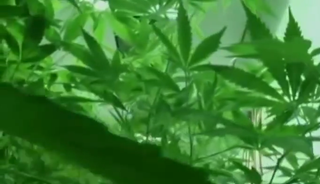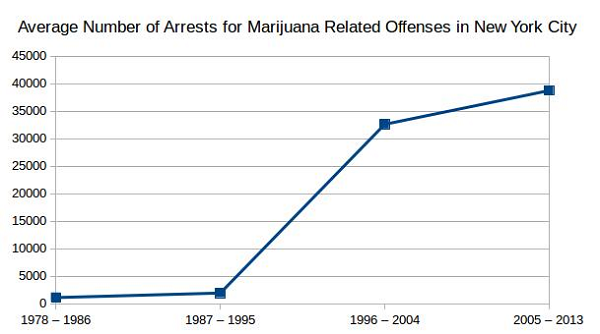
By Dr. Michael J. Sise and C. Beth Sise, RN
Marijuana has always generated controversy. Demonized and glorified, this smokable and edible herb contains the powerful chemical tetrahydrocannabinol, or THC. In the early twentieth century, it was abhorred as “demon weed” and linked to violent behavior. Popular culture since the 1960’s and 1970’s glorified it as a benign and peaceful drug. And now, recreational use has been legalized in some states.Unfortunately, we’ve reached a point where the truth about the use of this drug has been replaced with widespread misconceptions and under-estimation of its dangers. The consequences of this outright magical thinking, especially for our youth, can be very dangerous.
The harmful effects of marijuana use in adolescents are substantial. From significant long-term memory problems and attention deficits to a higher risk of psychiatric illnesses, the impact of this drug is anything but benign. The developing brains of children and adolescents are particularly susceptible to these harmful effects. Recent studies have documented brain structure changes in young marijuana users. Marijuana use is much more likely to result in addiction in adolescents than in adults, and when teens smoke marijuana and drink alcohol, the risk of alcohol addiction increases dramatically. In short, marijuana is a thief that can steal our teens’ health and well-being with both its immediate and long term harmful effects.
There is a worrisome trend for the parents of today’s teens to recall their generation’s use of marijuana as harmless. Not only do those memories fail to include the bad outcomes many of their contemporaries suffered, the marijuana of those days contained relatively low doses of THC compared to today’s much more potent forms. The higher dosage modern teens receive today makes marijuana much more dangerous and the risk of addiction much greater.
Marijuana is available not just for smoking. Baked into cookies or brownies that can provide incredibly high doses of THC, children of younger and younger ages can be exposed to this dangerous drug. It is available online in edible forms that are actually targeted to young users. Additionally, marijuana can be vaped in a waxy form with anonymity. The truth about marijuana use today by our children and teens should quickly disprove any notion that this is not a dangerous drug.
The legalization of marijuana for recreational purposes unfortunately can lead to an overall more tolerant attitude toward its use. The controversial legal permission to use medical marijuana in certain highly supervised areas has been “highjacked” in popular culture to soften attitudes regarding all marijuana use.
Teens quickly adopt this permission in their attitudes toward their own use of marijuana. Coupled with a more powerful form of the drug readily available, the results of rising marijuana use can be extremely harmful.
Surveys of our teens in San Diego County reveal a decreasing perception of harm among 9th and 11th graders. Since 2009, marijuana is the most common drug of choice of those aged 12 to 17 years in county drug treatment programs, and adolescent emergency department visits related to marijuana use are increasing. Death rates due to marijuana related impaired driving and suicide are also rising.
Several deaths have been linked to edible marijuana products in Colorado, including a student who committed suicide after ingesting a marijuana cookie that contained the THC equivalent to six marijuana cigarettes. Additionally, smoking marijuana has all the cancer and heart disease risks of cigarette smoking.
So it’s time to dispel the magical thinking and face the truth about marijuana. San Diego needs to put some common sense into the approach to keeping our teens healthy by acknowledging the dangers of marijuana and working to deter them from using it. This work starts at home with effective education about drugs and alcohol and careful monitoring of our children’s activities and the friends they associate with both online and in person.
It includes keeping our schools drug free and supporting policies to limit access to marijuana in all of its forms to our youth. There are a wide variety of proven and promising strategies we can adopt to limit teen use of drugs and alcohol. We can do this important work if we start by dealing with the truth about marijuana.

















